Everyone who lived in L.A. in the 1990s has their O.J. story.
My friend Sam tells me he knows the family who bought O.J.’s house, knocked it down and officially changed the street address of the new construction to try to keep the gawkers away.
Sophie shares with me the last photo of Nicole Brown Simpson alive. Sophie herself is in the foreground; her parents took the photo at her preschool graduation with schoolmate Justin Simpson, just a few days before his mom—wearing a black halter dress exposing her Michelle Obama arms—was stabbed to death at home. Sophie’s mom, Mina, sold the photo to the National Enquirer, which published it with the caption “SEXY NICOLE” and an interview with Mina that Sophie says was never conducted.
My friend Michelle, growing up in West L.A., remembers the O.J. trial as a racial awakening. “I’m black. He’s black. I’m innocent, so he must be too,” she told me her six-year-old self decided.
On Tuesday night, Ryan Murphy concluded the telling of his O.J. story with the season finale of The People V. OJ Simpson, but that’s just the beginning of the resurgence of O.J. fever. In June, ESPN will air their multi-part documentary, O.J.: Made in America. Next year, Investigation Discovery will run the special Hard Evidence: O.J. Is Innocent, narrated by Martin Sheen.
While these stories take different perspectives, they share an important co-star in the city of Los Angeles — with its gated homes, relentless paparazzi, baby Kardashians and simmering racial tension, ready at any moment to explode into violence.
But what of that city is left today? O.J.’s house has been knocked down. The 405 freeway has been widened. The Kardashians and Marcia Clark have fled to Calabasas. Johnnie Cochran is dead, though his fight to reform the LAPD lives on in movements like Black Lives Matter. District Attorney Gil Garcetti never got a chance to be mayor, but the job fell to his son Eric.
Above all, the reputation of the city has changed, as the O.J. revival makes clear. Once a city defined by cars, smog, race riots, gloves that don’t fit and people that care about nothing but celebrities has become the new New York for the young and creative (according to the media), a melting pot of ethnic fusion as opposed to tension, a hot bed of gentrification, a new hub for public transportation and a home for people who care about nothing but juice (according to the media, but also, like, actually).
MEL asked L.A. native and photographer Carlos Nuñez to revisit the destinations of America’s most infamous murder trial to find what’s left of O.J.’s L.A.
Below are the photos Carlos took, and the thoughts he had while doing so.
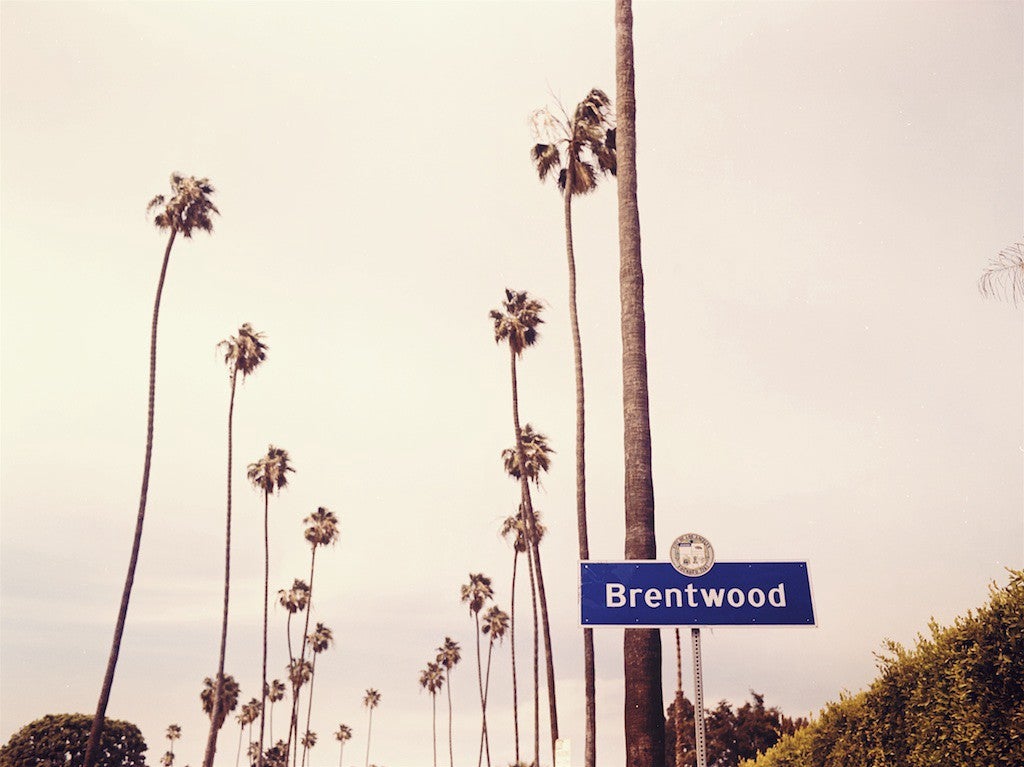
“When you go to Brentwood, all the locations from the trial are within 10 minutes of each other: the restaurant, the school, his house, the murder scene.”
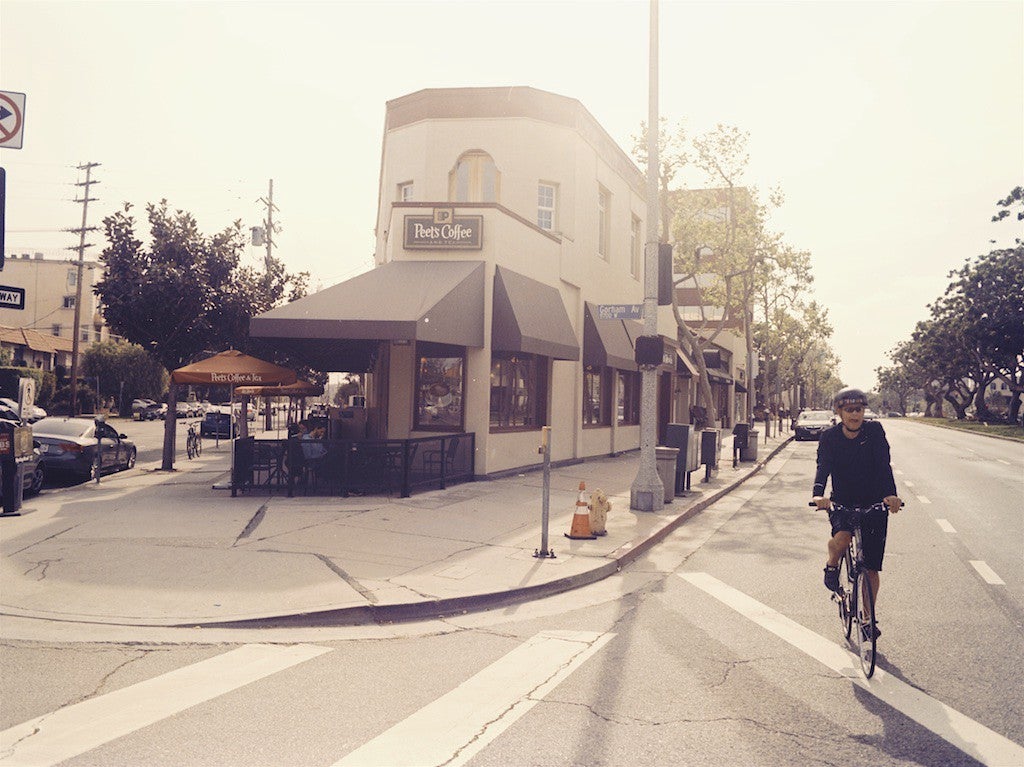
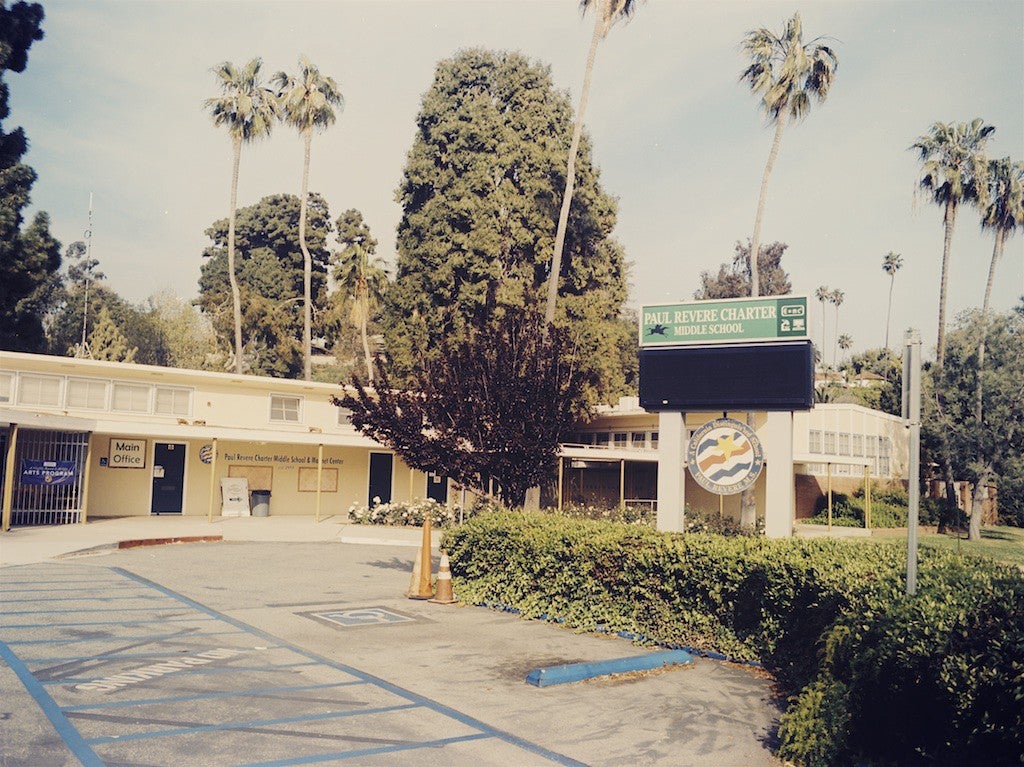
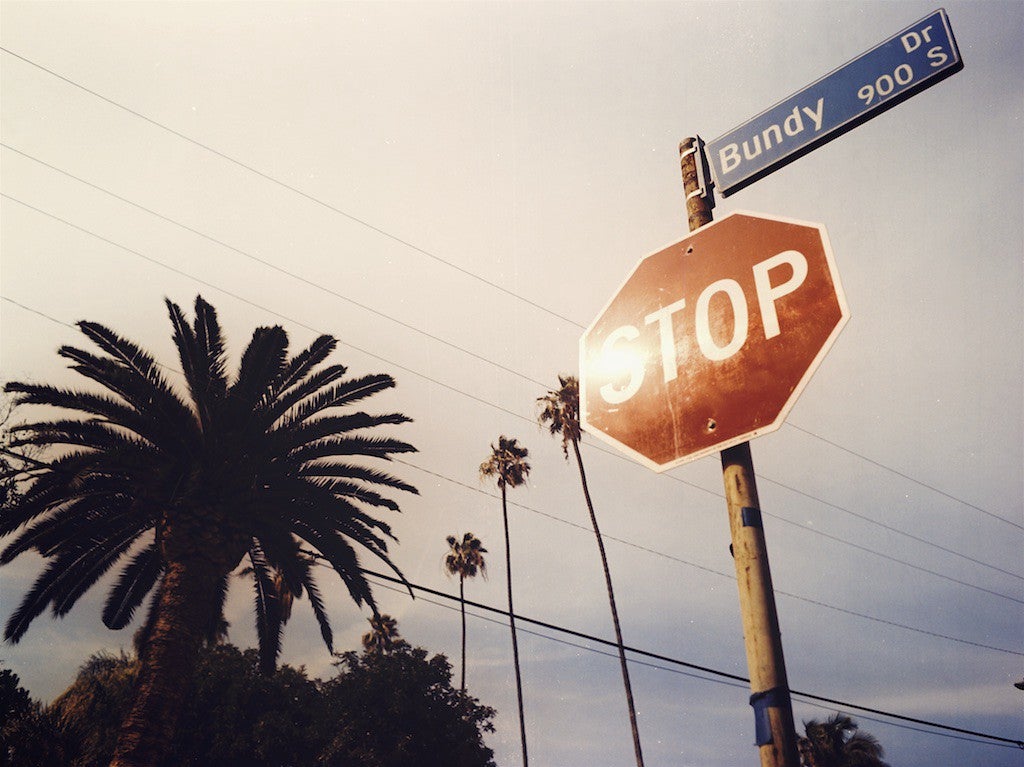
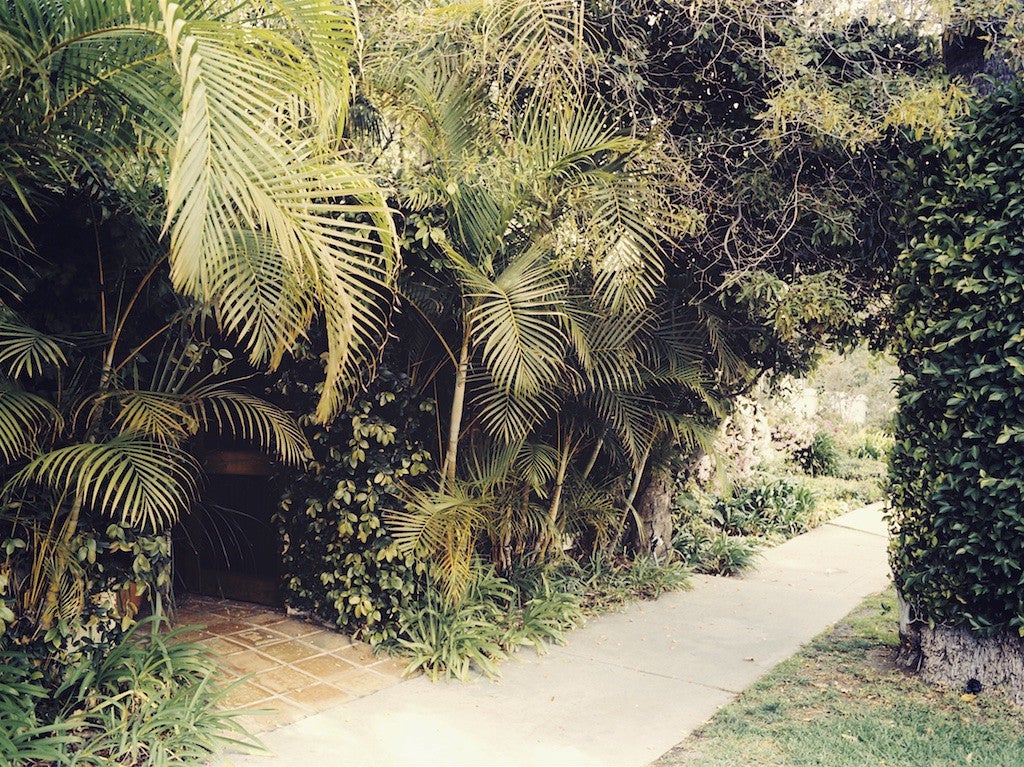
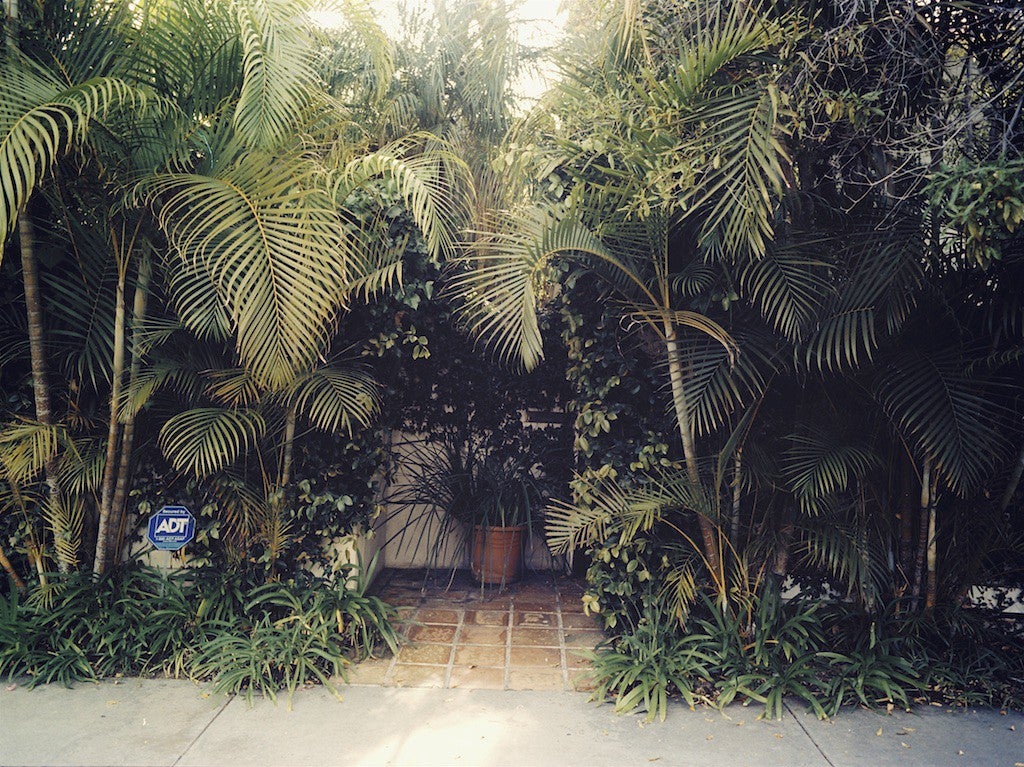


“At Nicole’s, the gate is different and the house numbers have changed, but it’s still exactly the same. The building is not torn down. The only thing that’s different is in ’94, you could see the house from the street, and there’s a side house built on the lot next to it.”
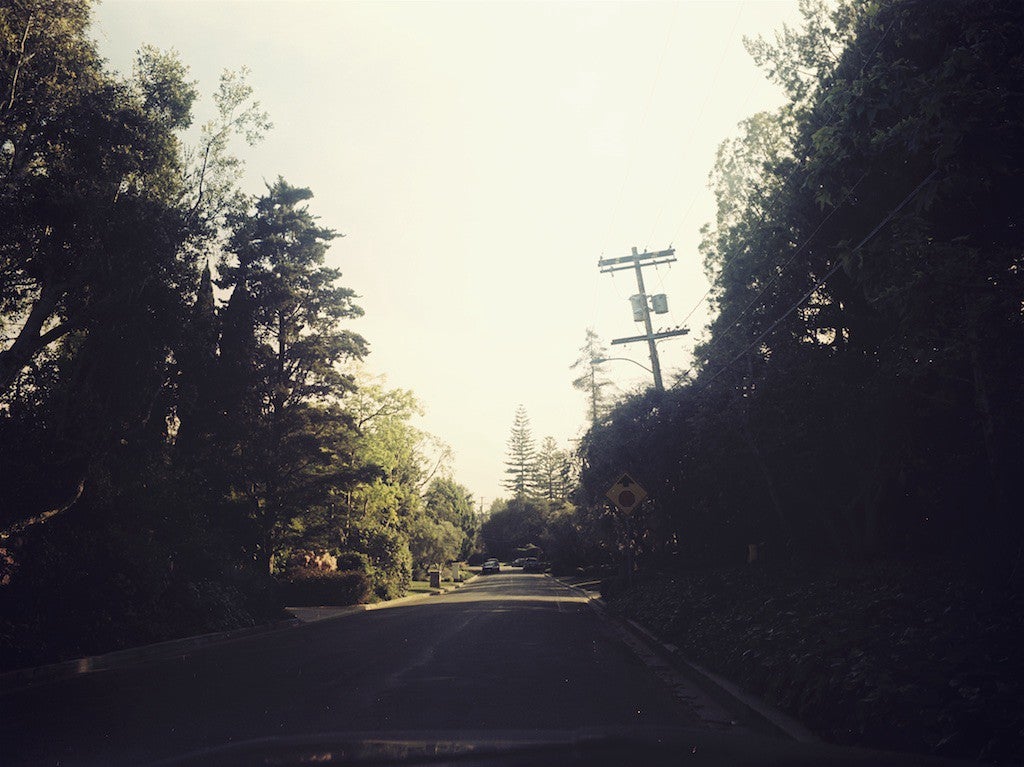
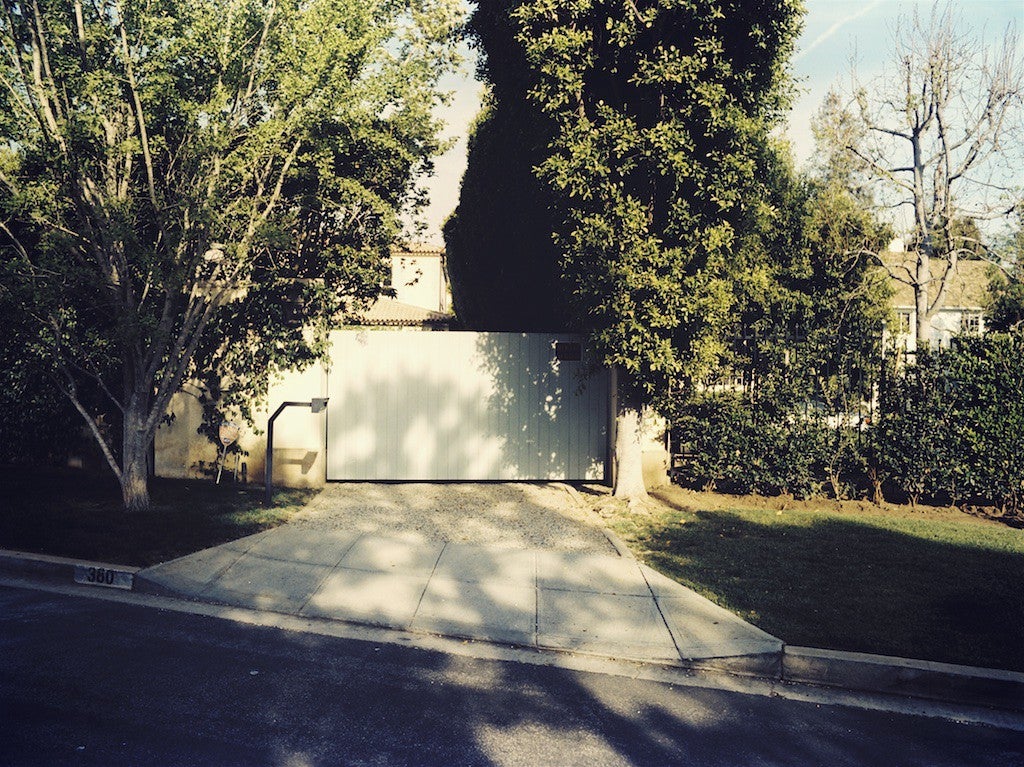
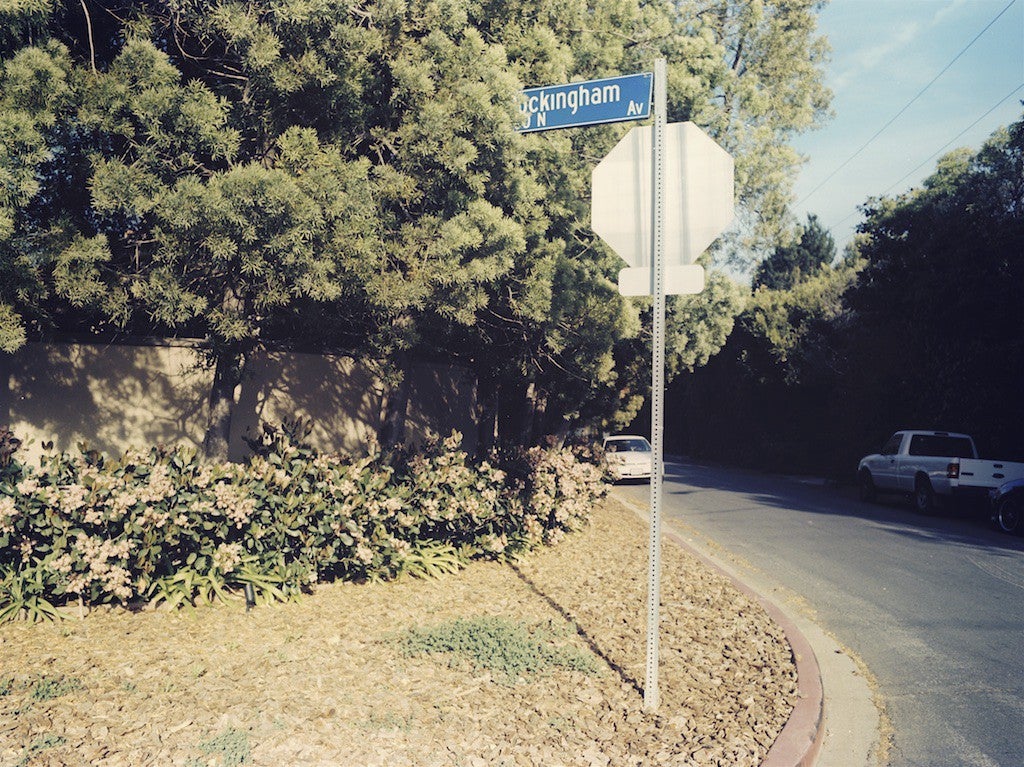
“There’s a new house where O.J.’s house used to be on Rockingham. There’s nothing interesting here. Nothing is original to this house. The fence has changed, the driveway was changed. It used to have a single driveway; now it has a double driveway. Even the neighbors’ houses are all new. And much bigger, too.”
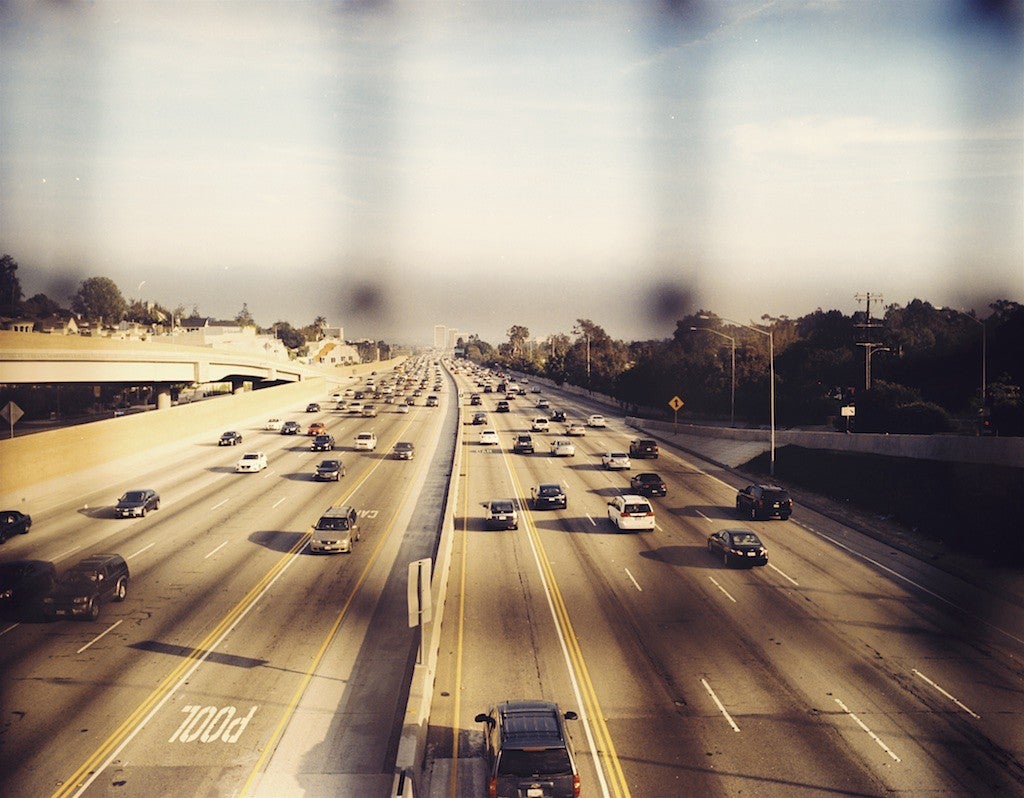
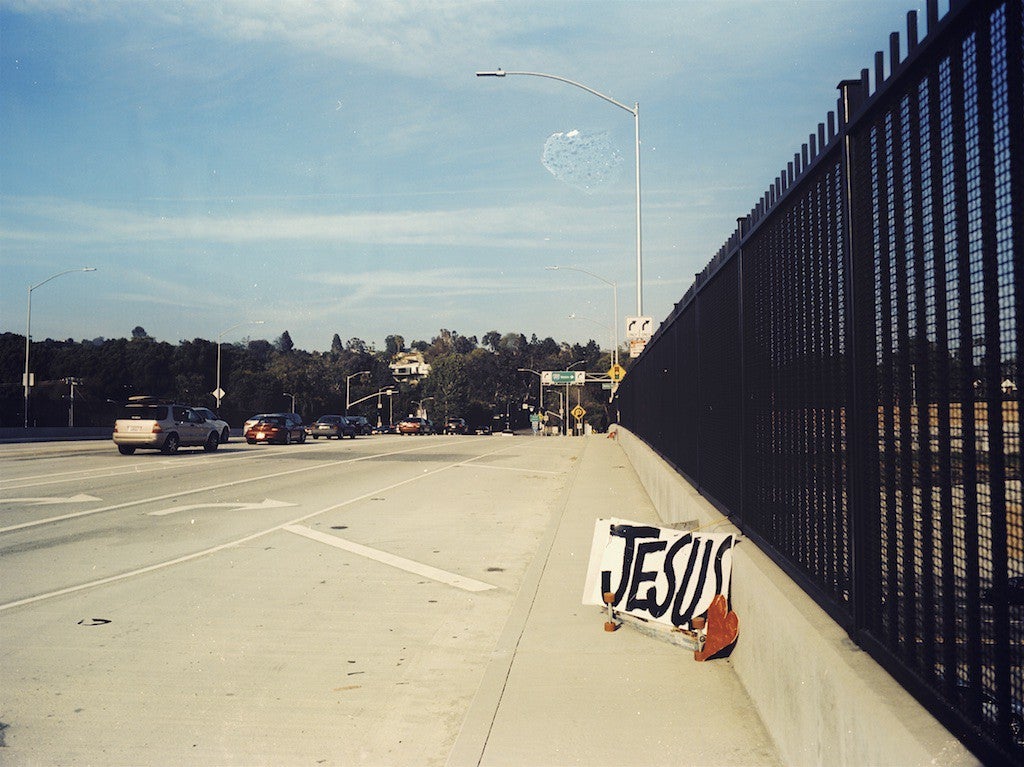
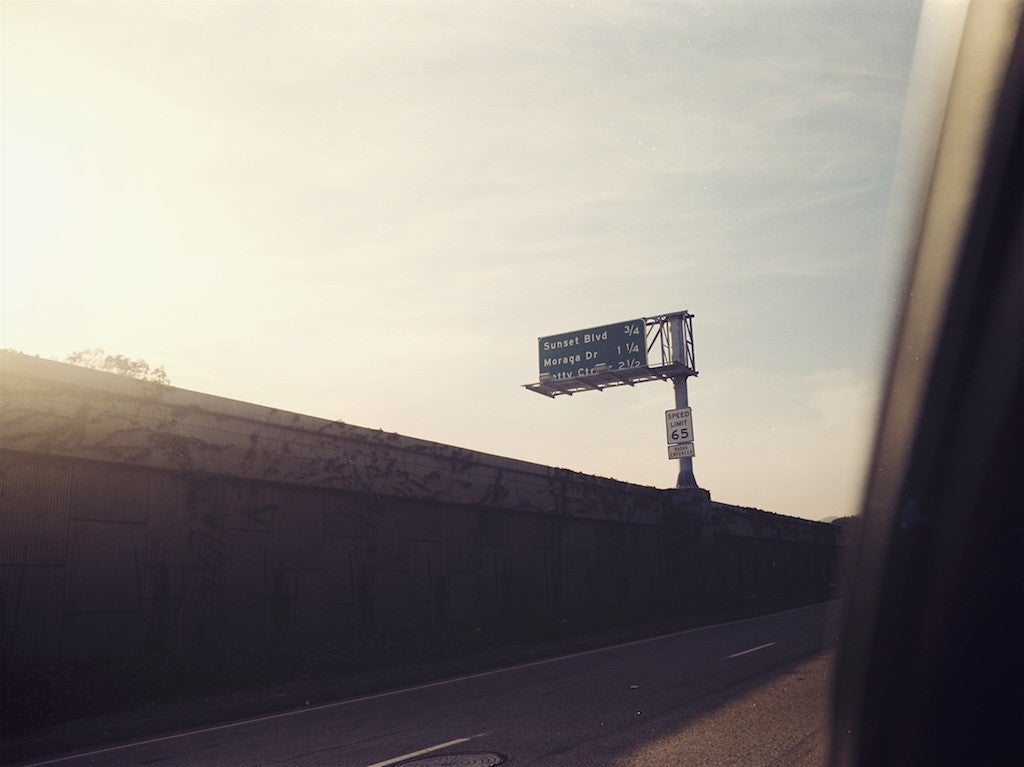

“I took the 405 all the way down to the 90. There’s so much new construction. It’s now 10 lanes. The Sunset exit on the 405 near O.J.’s house has been completely rebuilt.”
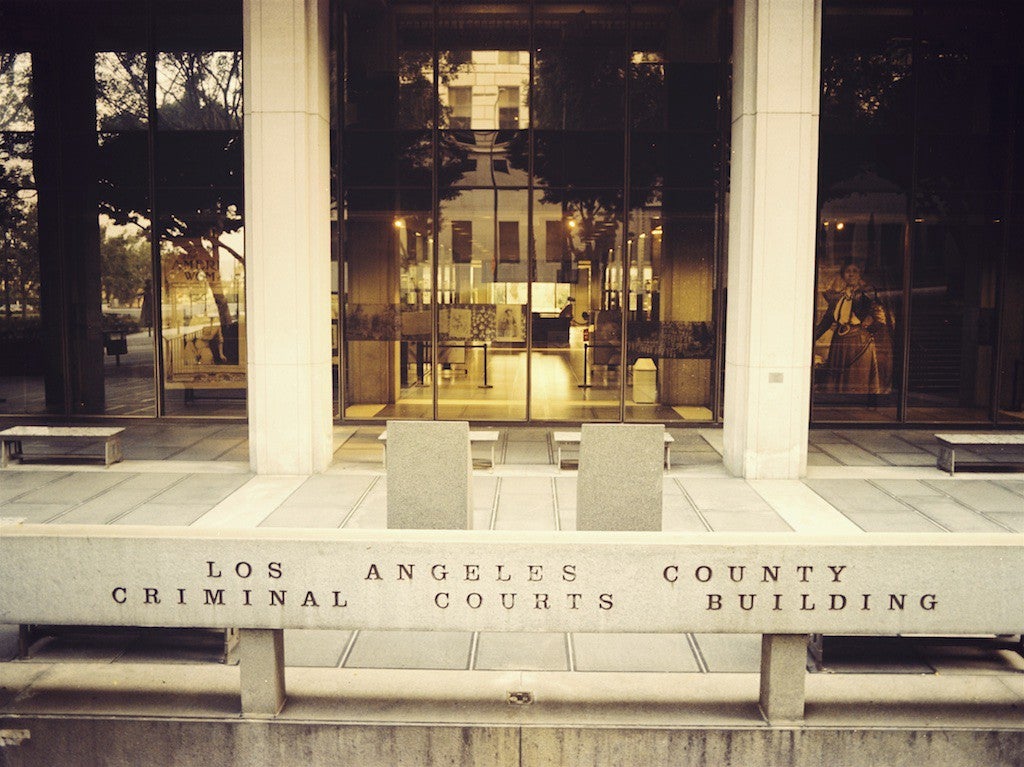
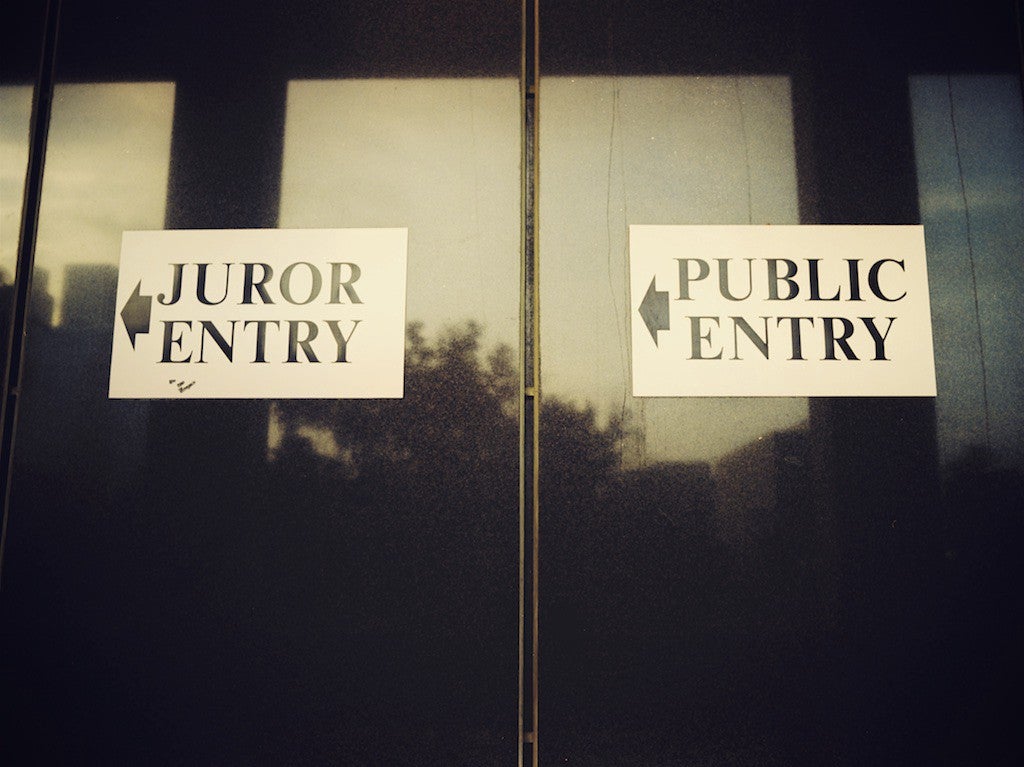
“1995 was the year that I started skateboarding, cause during that fucking year, there were no cartoons. I remember everyday after school, the fucking O.J. Simpson trial would be playing on every fucking channel that was free, and I didn’t have cable at that time.”


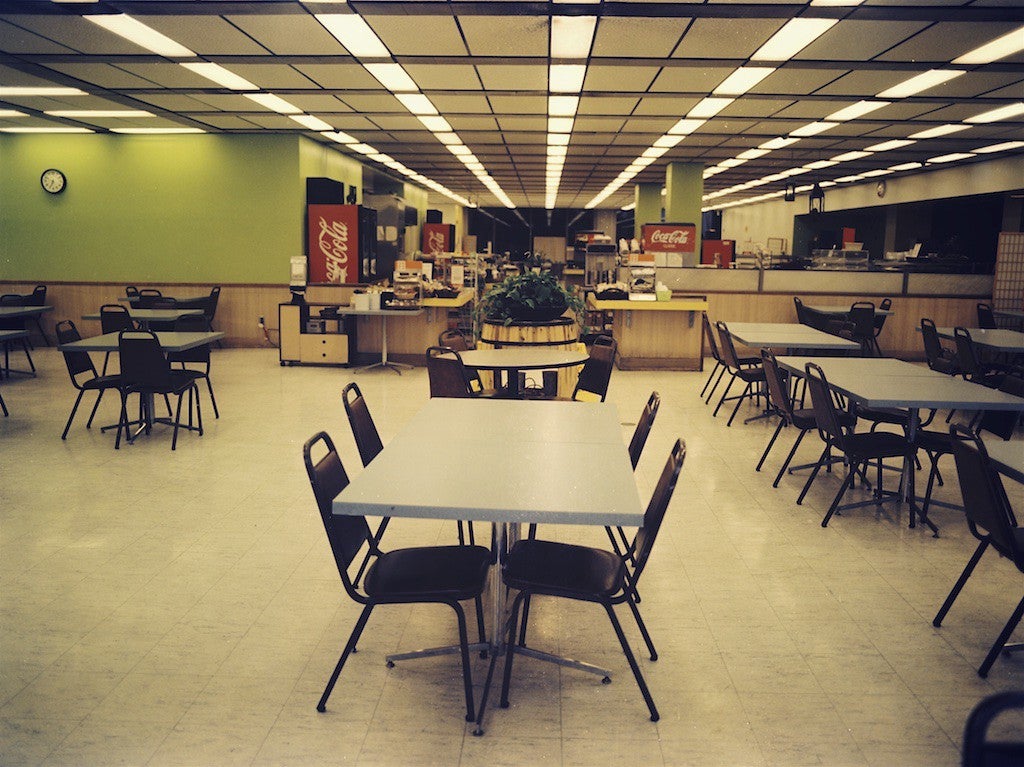
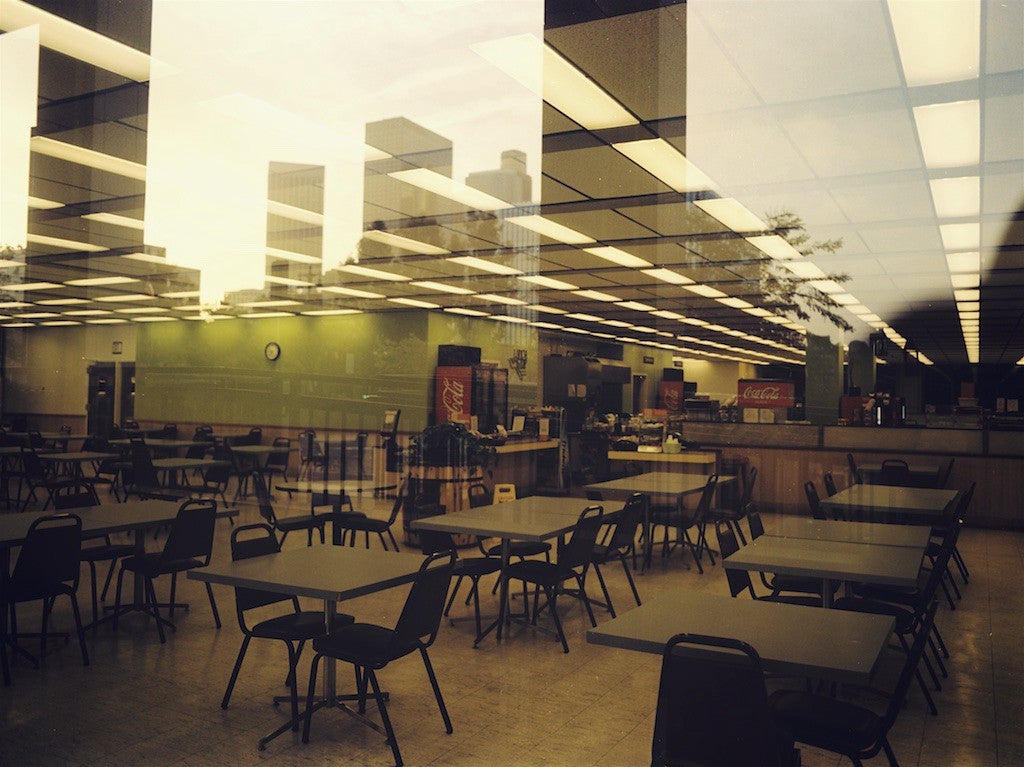
“We had a very racially divided city at that time. There were newscasts of people waiting for the verdict, and it’s white people finding out and being bummed out, and then a newscast from South Central, and everyone’s cheering. From my own personal experience, it didn’t seem like it affected the Latino community as much.”
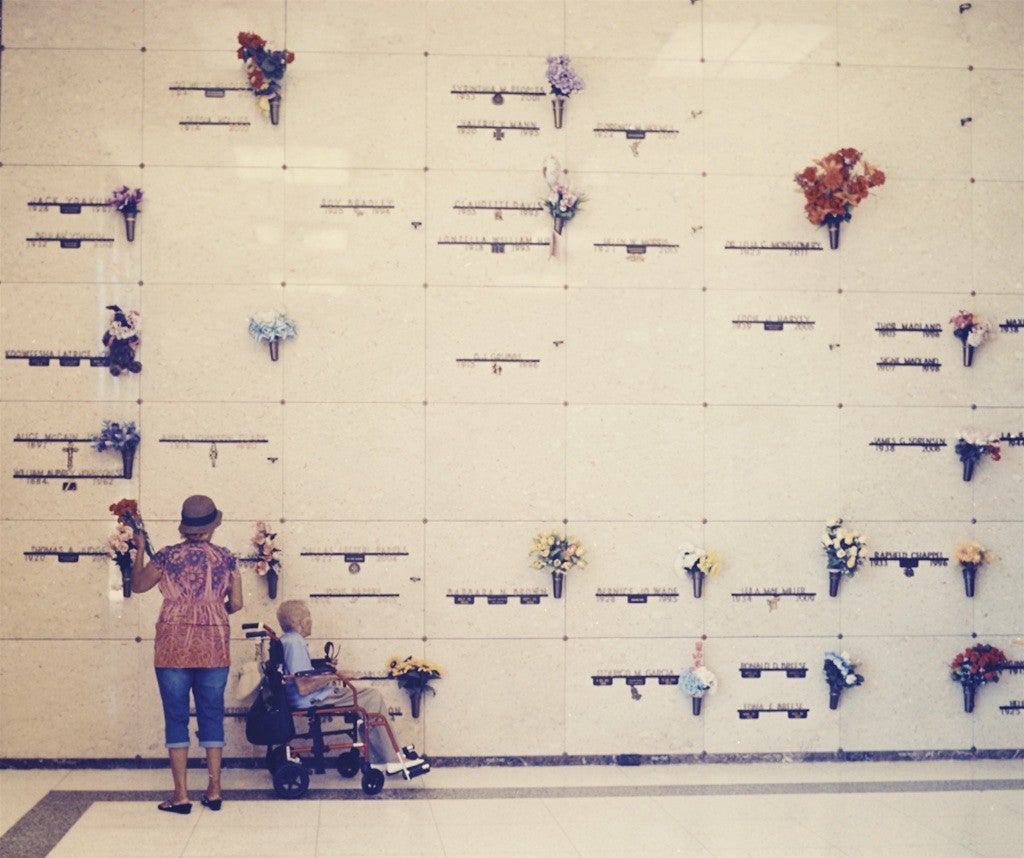
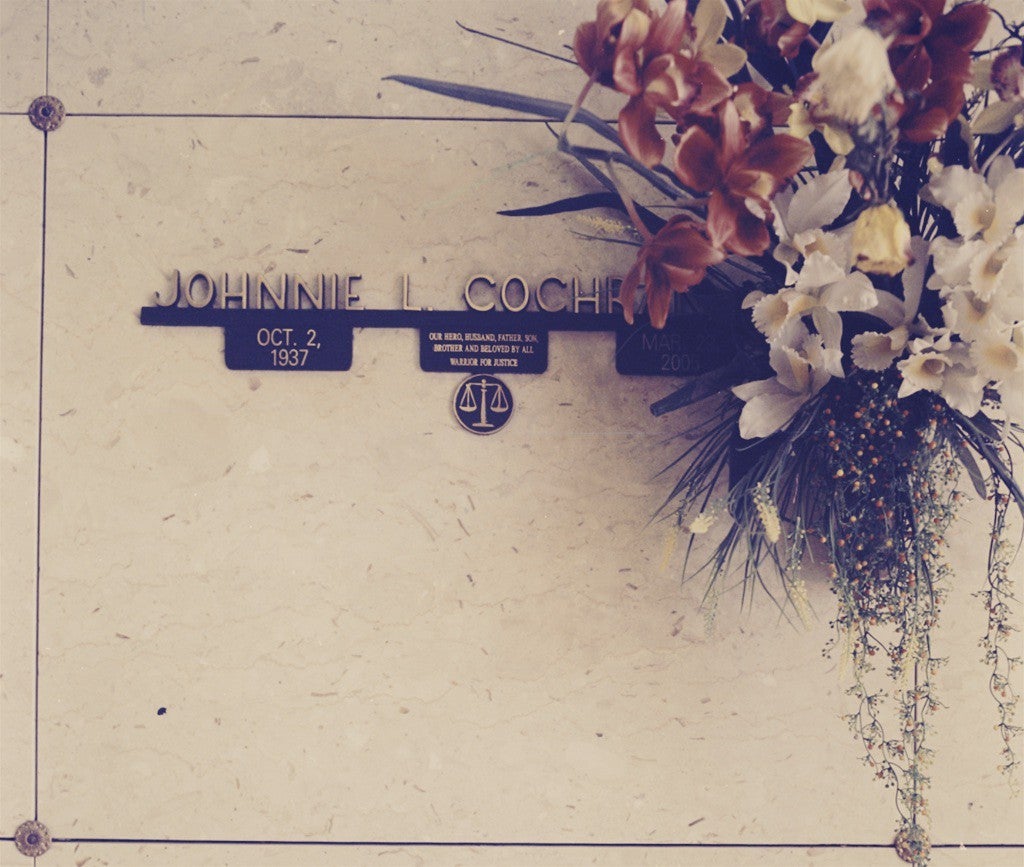
“There was a shit load more crime then. One of the things I remember that they don’t do any more: They used to have a murder list on the 10 p.m. news, of how many murders happened that day and what was the count for the year. Now they don’t do it cause it’s so much lower.”
Carlos Nuñez is a L.A.-based photographer. Zak Stone is MEL’s executive editor.

